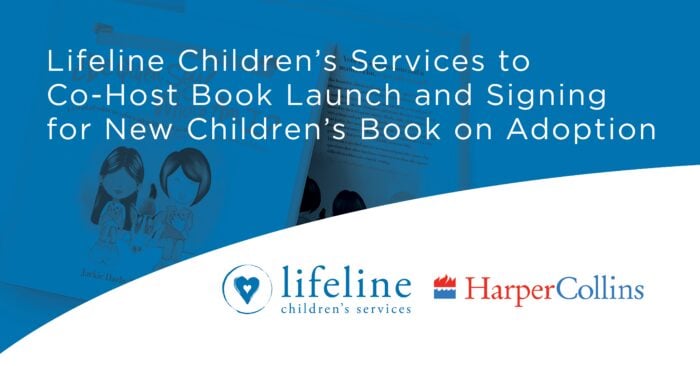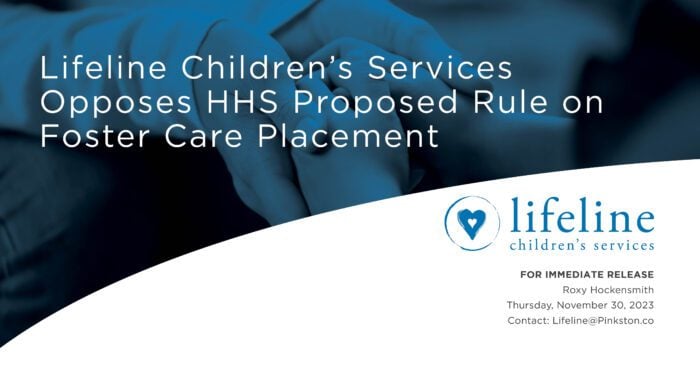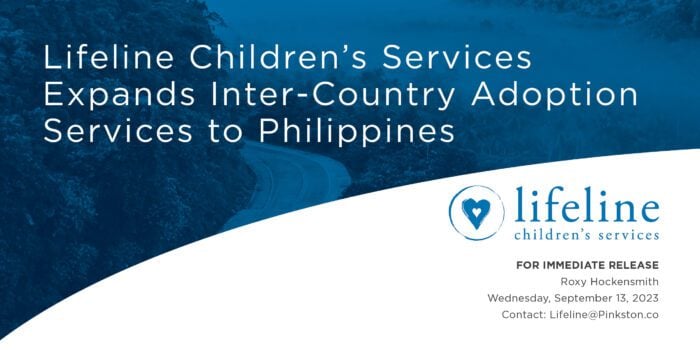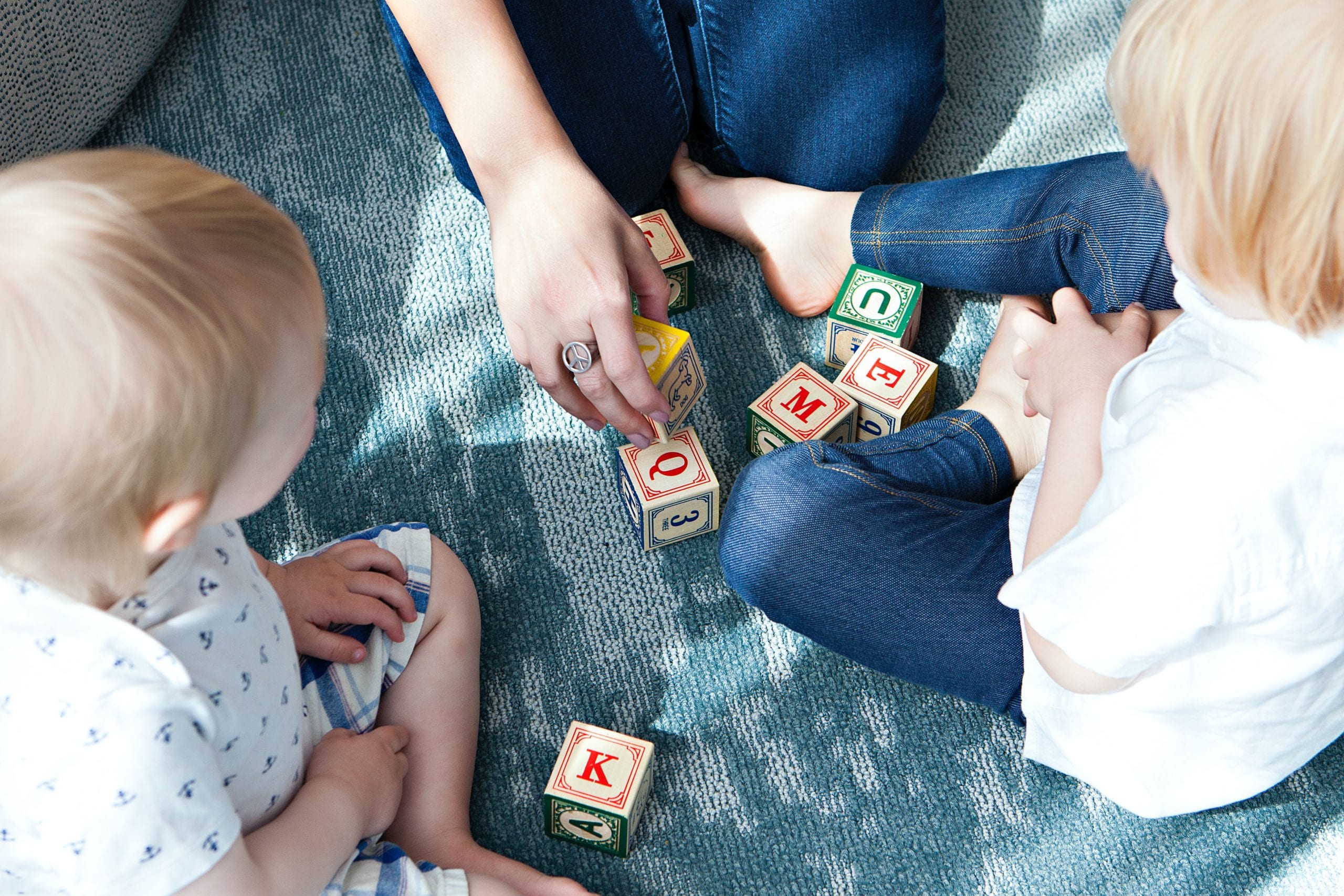“Education is a matter of building bridges.” Ralph Ellison
Recently, one of our Bridge tutors spent some time with a fifteen-year-old girl with Down Syndrome who with tears streaming down her face, asked why she had to been born different? We have all heard the bowl of alphabet soup diagnosis: OCD, ADHD, ODD, GAD, Dyslexic, Poor working memory, Developmentally Delayed, Down Syndrome, Autistic, this list could fill a page, single spaced.
What does it mean to be made in God’s image but socially, emotionally and/or cognitively not fit in to the world’s expectations? What does it mean to be defined by a label? To be seen as a problem that needs to be fixed? These questions are ones we all wrestle with, but are afraid to say aloud.
Read More…
Blog Post:
“Education is a matter of building bridges.” (Ralph Ellison). One of the many bridges we hope to help parents and children build is understanding the connection between being created in God’s image and reaching their God given potential.
The alphabet soup of labels can help us understand the differences of how God created us.
“Our individual personalities are a gift of His design so that we might add color and variety to the world. And He can use our unique combination of circumstances—even the painful ones like – learning differences—for our good and His glory.” ― Sally Clarkson, Different: The Story of an Outside-the-Box Kid and the Mom Who Loved Him
Understanding how the brain is wired and can be strengthen can help us know how to guide our children towards reaching their God given potential. The brain is designed with thousands of bridges connected together; neurons. God has allowed science to prove that “neurons that fire together fire together” (Dr. Dan Seigel). Understanding the bridges of the brain, can impact how we parent, how we teach and how our children learn to live with their differences within our culture. Building strong bridges between the social-emotional brain, the motor/sensory brain and the cognitive brain is one step towards understanding our differences and equipping children and caregivers with tools and strategies to build more strong bridges.
So, what does it mean for us as we step into summer 2021? What does this look like after a year of Covid and virtual learning? How can we as caregivers help to building strong brain bridges?
Building strong bridges starts with brain development. An astonishing amount of brain development takes place during the early period of a baby’s life. For simplicity’s sake let’s say the brain is made up of three main parts; the cerebellum (the sensory/motor brain), the cerebrum (the thinking brain) and the limbic system (the emotional brain). Each section of the brain plays a huge role in how we learn. If for some reason one or more of these areas were affected in some way during development, then learning can be impacted.
First, let’s take a look at the Cerebellum; The Sensory/Motor Brain. According to brain science this is one of the first areas of the brain to develop. The cerebellum, Latin for “little brain” is located just below the rear part of the cerebrum, right behind the brain stem. “Representing about 11% of the brain’s
weight, it is deeply folded and highly organized structure containing more neurons than all of the rest of the brain together.) (David Sousa: How the Brain Learns). This area of the brain coordinates: MOVEMENT.
So, what is one way we can help our children build stronger bridges in their brain? MOVE! Get outside and MOVE. Strengthen those reflexes! Strengthen that cerebellum! I remember being pregnant with my son and feeling him move, or rather it felt like he was doing gymnastics in my stomach! Movement is good to strengthen the development of the brain.
We all have reflexes. A reflex is an action that is performed as a response to a stimulus and without conscious thought, like blinking or swallowing. According to solvelearningdisabilities.com “Primitive Reflexes are the special reflexes that develop in the brain stem before birth. This set of involuntary primitive reflexes help the baby with positioning in the womb, birthing, the first breath of life, feeding, urination, etc. Most of these reflexes go away the first year of life as higher functions of the brain and muscle control develop.” (solvelearningdisablities.com). There are eight of these reflexes that are tied into how we learn.
They are
· Moro Reflex,
· Palmer Reflex,
· Landau Reflex,
· Asymmetrical Tonic Neck Reflex,
· Symmetrical Tonic Neck Reflex,
· Tonic Labyrinthine Neck Reflex,
· Rooting Reflex
· Spinal Galant Reflex.
If for some reason, these reflexes do not “go away” we say they are retained and can hinder those neurons from firing and wiring together and are called Retained Primitive Reflexes. Retained Primitive Reflexes can cause learning differences. But there is HOPE! We know that God has allowed science to show us that the brain can change. Ways to strengthen those neurons and build new bridges is to imitate certain movements and MOVE.
The Limbic System: The Emotional Brain is nestled above the brain stem and below the cerebrum. This structure carries out a number of different functions including generating emotions and processing emotional memories. The limbic system plays and important role in learning and memory. “Studies of human brain growth suggest that the emotional system develops faster than the frontal lobes. Consequently, the emotional system is more likely to win the tug-of war for control. Again, there is HOPE! We know that we serve a God who has allowed science to teach us that we can learn how to regulate our emotions. Ways to strengthen those neurons and build new bridges sometimes require outside help, such as educational therapist, parent coach or a counselor.
The Cerebrum: The Thinking Brain: The Think Brain is the largest area, taking up nearly 80% of the brain in weight. It is divided into two halves, called hemispheres. The two hemispheres are connected by a thick cable called the corpus callosum or “large body”. The hemispheres use this bridge to communicate with each other and coordinate activities. The hemispheres are covered by a thin but tough laminated
cortex, or tree bark. The cortex is where most of the action takes place, such as thinking, memory and speech. We now know that this area of the brain can also be changed and strengthened when the right tools and strategies are used. strengthening this area of the area also impacts academic areas such working memory, reading comprehension, fluency, writing, spelling and math.
As we look to the upcoming summer months, and are interested in learning more about integrating primitive reflexes, regulating emotions and strengthening the cognitive areas of your child’s brain reach out to Ann Maura Hinton at [email protected] for more information!




